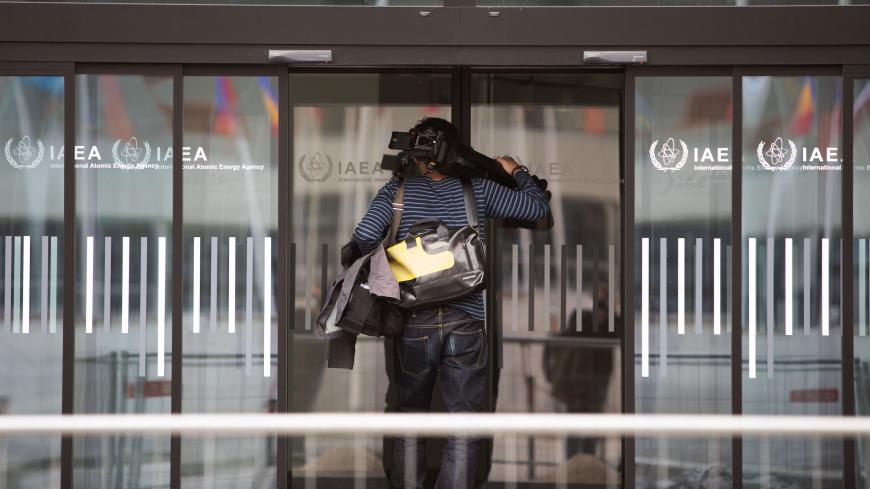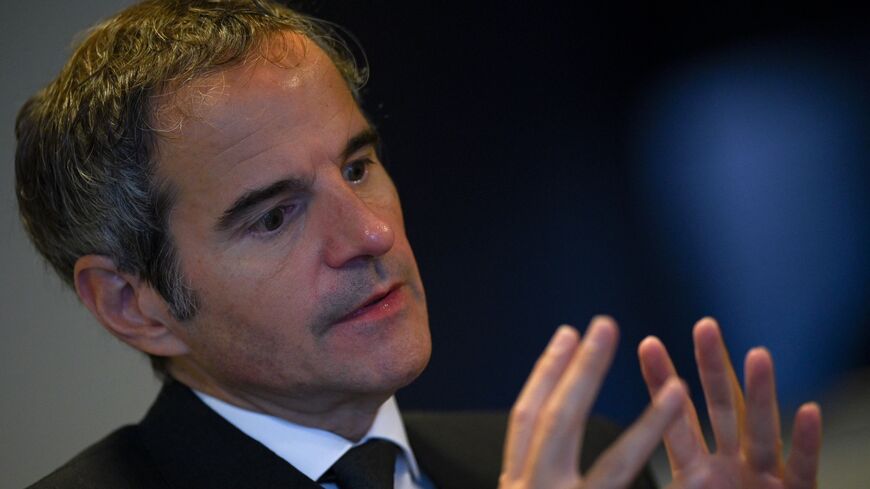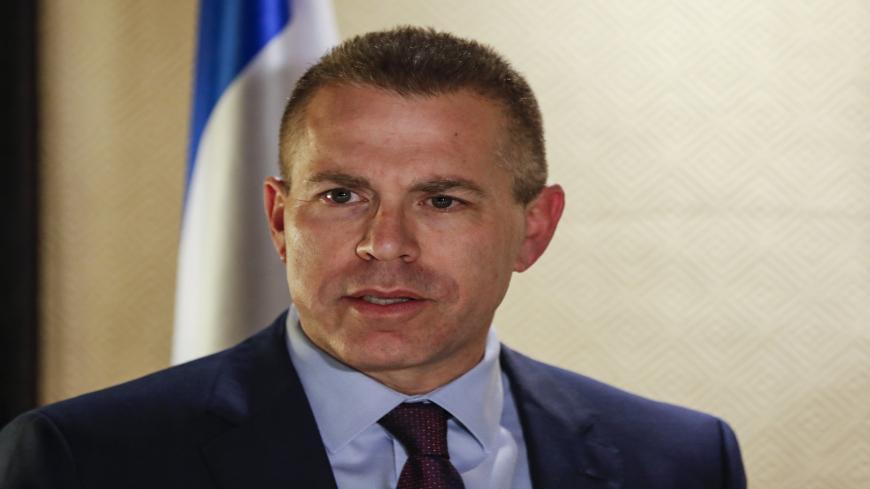
Satellite photos show construction at Iran’s Fordo nuclear facility
Subscribe for less than $9/month to access this story and all Al-Monitor reporting.
OR
Create an account for a 7-day trial to access this article and all of AL-Monitor.
By entering your email, you agree to receive ALM's daily newsletter and occasional marketing messages.










![Iran's Atomic Energy Vice-President Ali Akbar Salehi, is seen speaking on a screen as he attends virtually the 64th General Conference of the International Atomic Energy Agency (IAEA) at its headquarters in Vienna, Austria on September 21, 2020. (Photo by JOE KLAMAR / AFP) / The erroneous mention[s] appearing in the metadata of this photo by JOE KLAMAR has been modified in AFP systems in the following manner: [Ali Akbar Salehi] instead of [Zarif]. Please immediately remove the erroneous mention[s] from all](/sites/default/files/styles/article_header/public/almpics/2020/10/GettyImages-1228632114.jpg/GettyImages-1228632114.jpg?h=a5ae579a&itok=JEDDB3d6)



